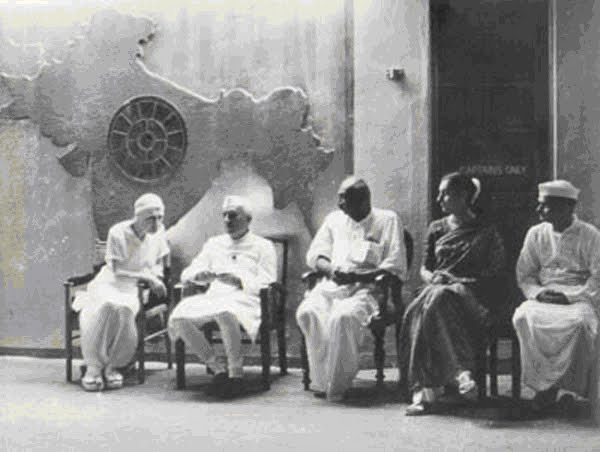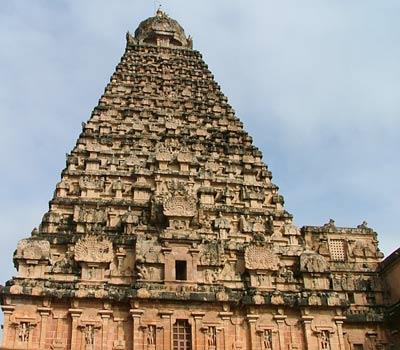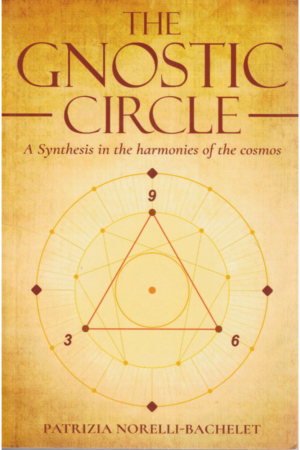By far the most abiding symbol in Indian myth and cosmogony is the Mountain. It stretches back to the Vedic Age. In that remote period, however, we do not find the Vedic geometric altars (vedi) displaying the symbol of the Mountain as overtly as in the Hindu Temple of the Puranic period; rather, it was more cosmic and subtle. An initiation into the ancient mysteries was required (then and now) to appreciate the symbolism and its relevance and place in the yearly Sacrifice. This was understandably reserved for very few and required a special initiatic ‘journey’ which is the motif of the Sacrifice. During the Puranic Age that same symbol was rendered in stone and sculpture. Durability and preservation were the imperatives since a Dark Age had set in that required very different methods of transmission once the Vedic Way had been forced underground. The earlier initiation fell into oblivion.The Mountain in the Vedic Age was derived from the zodiacal symbolism of the 12-part division of the ecliptic through the sign Capricorn, precisely the Mountain. The 12 are the ‘eternal worlds’ in the following hymn:
Certain eternal worlds are these which have come into being,
their doors are shut to you (or opened) by the months and the years;
without effort one (world) moves in the other, and it is these that
Brahmanaspati makes manifest to knowledge. (RV, II.24.5.)
So much emphasis was placed on this sacred symbol that the Rishis proclaimed the victory of the Aryan Warrior on the path of initiation to be precisely in the 10th month of the year after the March Equinox, the month/sign Capricorn. To this day throughout the world the tenth month/sign is considered to be the astrological ruler of India. On the subcontinent it is known as Makar, the Crocodile. This emphasis is carried over to the Hindu Temple where the Crocodile surfaces in a number of prominent places in the structures.In the Puranic Age the mountain symbol became less subtle, if you will. For example, every gopuram represents the Mountain, and by correspondence the tenth sign/month. It all stems from the Veda and from there it was passed on to the Puranic Mt Meru, axis of the world.
In all ancient cultures the axis mundi in one form or another played a prominent role; as Delphi in Ancient Greece, for example, considered to be the ‘navel (omphalos) of the world’. All cultures had their version of Axis/Navel which, in the main, epitomised the highest truth of the civilisation and the embodiment of its most cherished aspirations; certainly Delphi is an example. But nowhere has this special symbolism survived into the present as in India, both in the Hindu Temple as well as in the yearly celebration of Makar Sankranti, the Capricorn Gateway. But though the Mountain is portrayed in every temple in the initiatic language of sacred architecture, its cosmic connection has been lost today by the miscalculation of the actual corresponding sankranti which should coincide with the shortest day of the year. Presently it is wrongly established as 15 January, 23 days AFTER the astronomically verifiable Makar Sankranti.We will leave aside this aberration for the time being and concentrate on Capricorn, Makar, Mountain, Axis Mundi. Is there a means to update the Tradition in this essential aspect since it played such an important part in the evolution of Vedic civilisation? In this endeavour science will come to our aid. For example, the introduction of longitudes (and latitudes) encircling our globe has permitted us to bring that golden heavenly Mountain down to Earth and to locate it in India, thereby making the tenth month victory, culmination of the Vedic Sacrifice, a vibrant truth of our times.
Let us proceed step-by-step. The Hindu Temple is oriented to the four Cardinal Directions, the equinoxes and solstices which are the four pillars on which our solar system’s ecliptic rests – the pathway of all the planets as they travel around the Sun. The fourth, uttarayana, is Capricorn/Makar, the highest of the four and known in astrological tradition as the position of the Midday Sun (that casts no shadows). In the northern hemisphere this synchronicity with the shortest day of the year occurs unfailingly on 21-22 December each year. The Mountain (Capricorn) was thus the focus of the Vedic Sacrifice, providing a sense of stability and permanence; this was carried over to the Puranic Age in every Hindu Temple and continues to be immensely significant for contemporary society by the yearly solar celebration of Makar Sankranti. This would be the clearly discernible thread from ancient times to the present. The only problem, lamentably of a serious nature, is the fact that while the solstices of December and March are astronomical facts and easily calculated, with no scope for error, somehow the Vedic calendar and cosmic connection, based on this simple astronomy, was laid to rest during the second half of the Age of Pisces (234 BCE-1926 CE); the un-Vedic Nirayana system was introduced and remains in place until today, thereby uprooting the 10th month from its verifiable cosmic moorings. This simple factor, having no sanction in the Veda, removed the cosmic connection between the populace and the heavenly surround. It has therefore become the singlemost valid reason to label as mere superstition temple worship, myth and astrology. Without that cosmic Order as the backdrop for all observances, the result is, simply put, chaos.In the Vedic context by definition chaos is the peripheral play of the Becoming without the central point of Being; there is no ‘centre that holds’ and therefore the Becoming is deprived of knowledge, sense and purpose on which basis alone Being can ‘hold’. Consequently, the highest truth the world has ever known has gradually fallen into mere superstition born of ignorance. Sri Aurobindo understood the problem. He discovered that‘…for some two thousand years at least no Indian has really understood the Vedas…’. (‘Secret of the Veda’)To summarise, the Mountain was first established as the main gnostic symbol on the subcontinent in the Vedic Age. This was done through the tenth month, Capricorn, the ‘Mountain’ of the zodiac. At that time it did not stand openly for the axis mundi as we find in the Puranic Mt Meru; rather, as all things Vedic, that pole holding to itself all of creation became personified in the most important of all the Vedic Gods, Agni of the sacred fire, leader of the hosts – navel of the worlds.This symbolism was then carried over to the Puranic Age where we find the two, Mountain and axis mundi, joined in the mythic idiom of Mt Meru. This, in turn, is cemented in all Hindu Temples when preservation became an imperative in the period when the Tradition had to be safeguarded from complete obliteration. The connection with the ecliptic zodiac is still partially maintained with the orientation of all temples by their alignment to the four Cardinal Directions, though in day-to-day practices the timings for rituals and horoscopy are woefully inaccurate. Finally, in our 9th Manifestation which began in 234 BCE, embracing from that point onward the entire Age of Pisces and into our own Age of Aquarius, the two have been brought together in a single integrated symbol. We update precisely by re-establishing both the cosmic connection and the axis mundi through zodiacal Capricorn. In this manner we are actually closing the circle and returning to the Vedic source, while bringing into the circle of the millennia everything that has transpired in between. Nothing has been discarded or eliminated, but by a process of integration we bring the Veda into the present. That is, by putting each thing in its place in both time and space.Let us proceed now to observe how this is done and how updating therefore enhances the old cosmology and myth by a marriage of the Cosmic and Earthly. The issue is always the axis mundi and the Mountain, always Capricorn, always December Solstice and fourth Cardinal Pole, always Mt Meru located on Earth through the new cosmology.
Patrizia Norelli-Bachelet
Director
Aeon Centre of Cosmology



